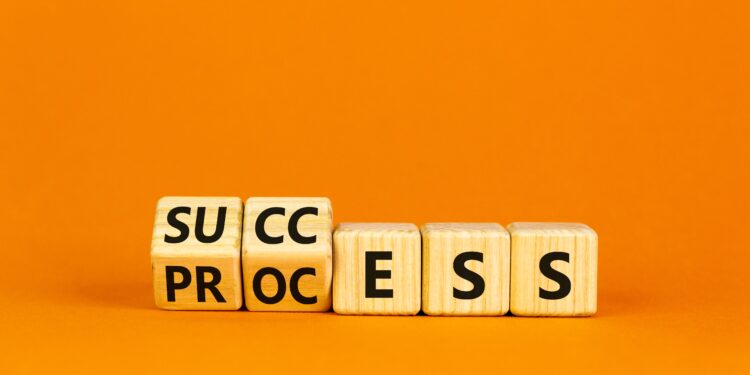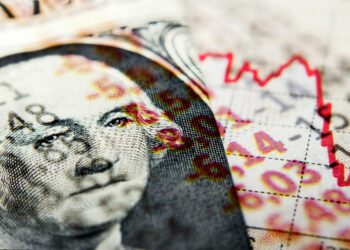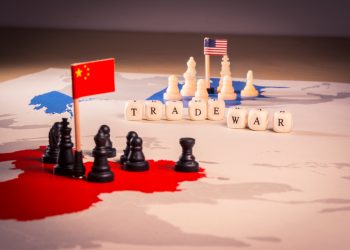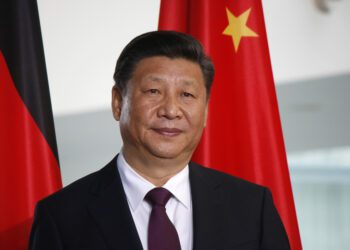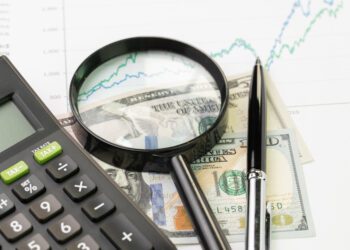Short-term results versus long-term value: It’s not an either/or proposition
In last year’s Global Human Capital Trends report, we highlighted an emerging tension between business and human outcomes and turned our attention to how organizations could navigate this tension to drive human performance in an increasingly boundaryless world of work. We defined the human performance equation as the combination—or balance—of both business and human outcomes, emphasizing that they are mutually reinforcing, and that focusing on the human element is becoming one of the most important factors in unlocking and sustaining organizational performance.
However, our research this year suggests that advancing this goal has not been easy. Only 6% of respondents to this year’s survey say their organizations are making great progress in establishing human sustainability—the ability to create value for all people connected to the organization—as a guiding business strategy. Finding balance between business and human outcomes can be challenging, as efforts to improve one can sometimes seem to come at the expense of the other. And it appears that some organizations may still be over indexing on business outcomes that yield short-term results instead of human outcomes, where long-term value may take more time to become evident.
The vital role of leaders in this year’s trends
To be a leader is to decide—to make choices—and the pressures executives face are often intense and contradictory. Leader well-being is taking a hit, as at least four out of 10 workers, managers, and executives in Deloitte’s Well-being at Work Survey say they “always” or “often” feel exhausted or stressed.1
Executives, in particular, are feeling the squeeze. They’re caught between conflicting pressures from boards and stakeholders to deliver short-term financial results while also taking risks for long-term gains—and that can have a bigger impact than you might think. Research from the National Bureau of Economic Research shows that tough decisions during economic downturns can actually shorten a CEO’s lifespan by an average of 1.5 years.2
On top of all this, the rapid rise of AI is changing the way we work, and leaders now face the tough task of building trust and preparing their teams to adapt to working alongside AI.
The core of what it means to be a leader remains what it has always been: working with and through others to create value greater than the sum of the parts—clarifying intention, marshalling resources, and overcoming obstacles as needed. And while truly great leaders recognize the imperative for shared business and human outcomes at the heart of the human performance equation, it often seems they are in conflict. That leaders must choose between them. In periods of high uncertainty, leaders often face pressure to focus solely on business outcomes.
Making good decisions in ambiguity
Decision-making is a discipline, one that can be improved through rigor and that involves skills that can be practiced and developed.5 As leaders, we can and should commit to improving the rigor of decision-making processes and the skills we bring to them. Refining decision-making capabilities isn’t a finite task, with a clear state of completion. Instead, it’s an ongoing journey of understanding, learning, and improving.
In addition, leaders should also consider the organizational systems in which they are making decisions. These systems—culture, governance, rewards, and reinforcements—are the water leaders swim in, so omnipresent and essential that they’re often unnoticeable. Over time, they convey both overt and covert messages about how leaders should act, what they should prioritize, and who they should focus on. As leaders, we need to build support for human performance into the system.
So what does it mean as a leader to make good decisions in a future dominated by change? And what should you keep in mind to help ensure you’re making the best choices possible?
Key questions, tensions, and decisions for leaders in the 2025 trends
Our research finds that organizations that are leading in addressing the challenges posed by this year’s trends tend to outperform other organizations. For example, organizations that successfully increase the capacity of workers to grow personally, use their imagination, and think deeply are:
- 1.8 times more likely to report better financial results.
- 1.4 times more likely to say they are creating broad value for customers, community, and society.
- 1.6 times more likely to say they provide workers with meaningful work.
Achieving success like this means that leaders will likely need to make tough choices across multiple dimensions, setting a clear vision and direction that balances business and human outcomes for their organization. This year’s Global Human Capital Trendsreport shines a light on these choices, organized around the themes of work, workforce, and organization and culture, and what it means to navigate the tensions in them.

